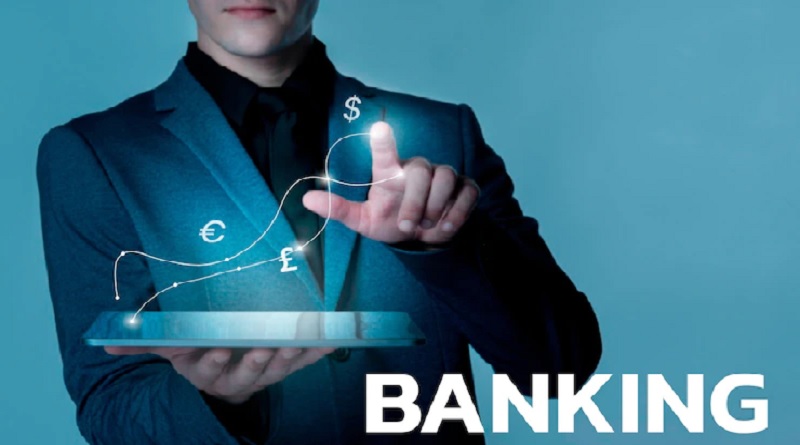In today’s tough economic climate, it is certain that clients are looking for ways to minimize their costs whenever possible in the face of the increasing cost of living. Banks have a key role to play in supporting consumers and especially the most vulnerable who are struggling to pay for basic necessities like rent, energy and food.
People don’t forget about poor service – they say that news travels fast, which means that if banks don’t offer good sales and good service, customers may be tempted to change. or at least let go through a social media channel. In an age of fierce competition from challenger banks that are constantly raising the bar for customer share – and in some markets capturing up to 30% of new business – banks are in need urgent need of innovation.
The best way to avoid this customer shift is for banks to use the right tools to optimize service and sales. There is really only one answer to this problem coupled with superior people management and that is agile AI-driven low-code software. AI is not a magic wand and must be deployed intelligently and strategically to help people do the best job possible.
Banks should use AI to make real-time decisions while increasing the availability of personalized services across multiple channels. Improved personalized services can increase empathy. They can allow you to raise awareness on a large scale, for example, by suggesting help options for your cash needs online directly through your banking app, in addition to having the ability to say Talk to the right person for advice. There has never been a more important time to make sure the right interaction happens at the right time and to find the right combination of what needs to be automated than when face-to-face help is needed.
AI-powered automation can make it easier for service agents to recommend the next best interaction they should take to best serve customers, reassuring them they’re in good hands. For example, implementing voice AI, listening to conversations, capturing action items in real-time and completing them in the background, eliminates the risk of human error and improves translation quality. service while employees focus on the “human” aspect of communication.
All banks are currently focusing on potential loan losses, areas in their portfolios that could become strained in the coming months with tough economic conditions. Therefore, it is more important to think about how to put the customer first in sales and service. One way to achieve this is to ensure there is a truly cross-channel approach meaning customers can reach whatever channel they are comfortable with and easily switch from one channel to another. The temptation is to look for the cheapest channel to serve, but in tough economic times, the choice – of the customer and the bank – to get the best results is more important.
An agile software strategy can put this into practice if it leads to the development of a single hub for customer information, avoiding building logic and data into each channel. This allows customers to choose their preferred method of contacting their bank. Whether it’s text, phone, website, social media, or whatever, customers need to be able to switch between them without sacrificing the customer experience.
Customer service should not be seen as a transactional process between a bank and a customer, especially during difficult economic times. If banks are willing to go the extra mile and provide services that really help their customers when needed, they will strengthen their partnerships with their customers. This begins to solidify a value exchange that is not one-way for the bank but for the customer first.
The quality of sales and customer service goes beyond the commodity banking context. What is really important is support and advice in areas such as saving, investing, borrowing and trading, during the current cost of living crisis. Staying ahead requires investing in modern IT systems to deliver the services customers are looking for now and in the future, or risk falling behind the competition. More and more customers are avoiding direct banking and are now using banks like Atom, or Monzo, or Venmo and N26, which now allow customers to make payments through conversation with Apple’s Siri or Amazon’s Alexa. But it’s not just about convenient banking and digital support.
A bank with truly extensive, comprehensive products and services needs the right balance between automation, self-service, and face-to-face support and advice. That is the advantage that a leading financial institution needs, and the advantage that puts customers at the center of quality of sales and service.








